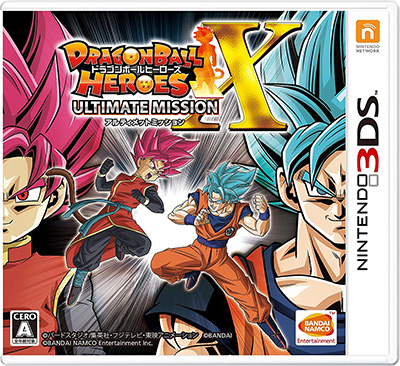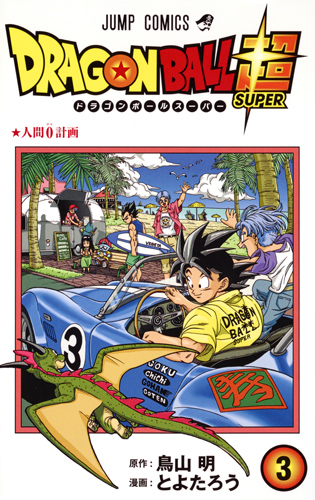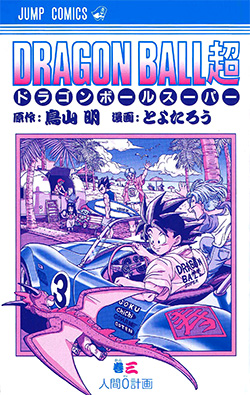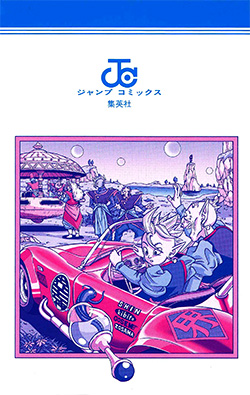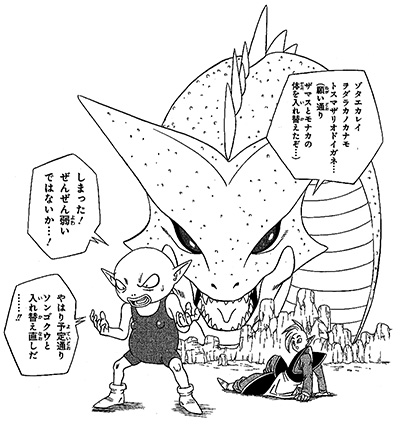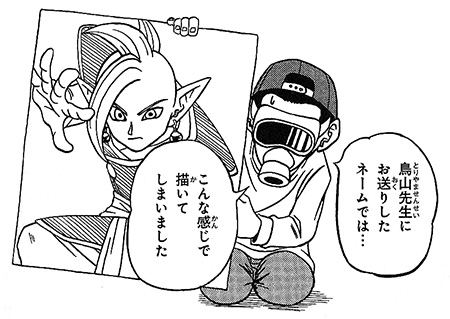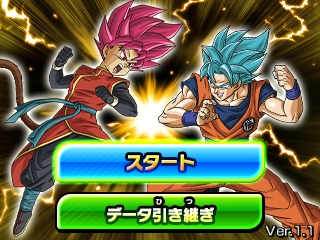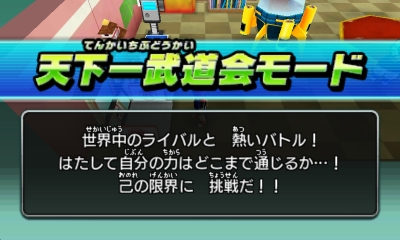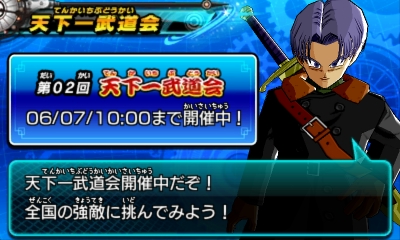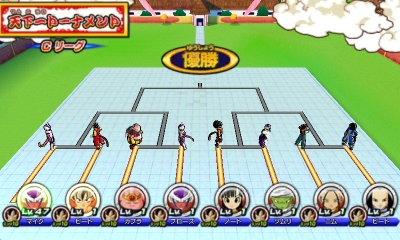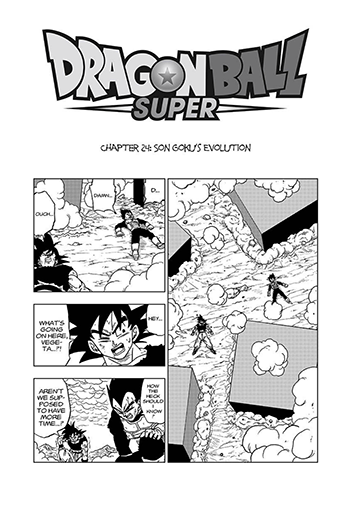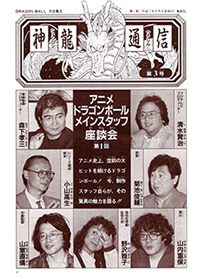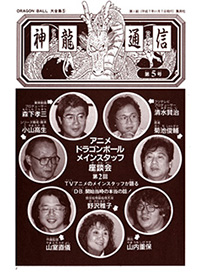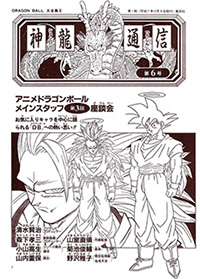The original seven Daizenshuu (“Great Complete Collection”) guide books each came with a bonus insert pamphlet called the “Shenlong Times”. These smaller, short booklets contained interviews with production staff, musings from original author Akira Toriyama, and comments from other professional and celebrity fans of the series. Translations of the first, second, fourth, and seventh issues have been up on our site for some time. Today, we add the third, fifth, and sixth issues, wrapping this little series up for good! Each of these dates back to 1995.
In the third issue, scenario writer Takao Koyama speaks to Goku’s carefree and accepting attitude, a point he will return to multiple times in future interviews:
You know, I like Goku’s line, “Well, whatever”. No matter the situation, he accepts it with “well, whatever”, then thinks about what he should do from there. That sort of freedom, where he doesn’t get fixated on something from the start, takes whatever there is, and comes out from there — I really like that. I have a feeling that the fans are probably saved by that, as well. Just as they’re feeling cornered by a variety of things, such as cram school or whatever else, Goku accepts everything with a, “Well, whatever”; I like that sort of strength.
In the fifth issue, various production staff members (namely Fuji TV producer Kenji Shimizu and Toei Animation producer Kōzō Morishita) discuss the television series’ name change, and what the initial plans were supposed to be versus what reality brought them:
Shimizu: No; actually, we fretted a great deal about that title. Originally, we called it “Gohan’s Great Adventure” for the longest time. (laughs)
Morishita: That’s right; because we thought it would go with Gohan as the main character.
Shimizu: And then Toriyama-sensei said things like, “No, the protagonist is really Goku.” Then we asked, “Is that so? Then what should we do about the title?” and he replied, “Wouldn’t it be cool with just a Z?” “Ah, that’s OK,” and with that, it was decided. (large outburst of laughter)
Morishita: Looking back now, that Z doesn’t seem very out-of-place, but it did at first. So we’d have to explain the Z, in a variety of aspects. That it was the final chapter, or that it was linked to “A”…. After about a year had passed, however, those questions went away. It really does grow on you. But originally, it was a surprise, because to us, it was “Gohan’s Great Adventure”.
Shimizu: It must have caused quite a stir when that happened. (laughs)
Koyama: Even so, the one thing we tried to avoid was the image that it was the end. It would would have a negative sense with “this is the end”. We really obsessed over that.
In the sixth issue, in addition to a general discussion regarding Goku’s character and Freeza’s evil nature, Koyama discusses the process of creating the original Bardock television special, and the honor the team felt when Toriyama incorporated the character as-is back into the manga:
And also, what I was incredibly grateful for was the story of Bardock that we did in the TV Special. That’s because we were given the privilege of doing an aspect of the story that wasn’t in the original work. After that, Sensei followed our lead with the original work…. He respected what we’d done, and even made the story consistent with ours. Nothing else matches that kind of blessing. I think it’s rare to allow the staff and cast to do things that freely. Toriyama-sensei is incredible in that respect. We have no intention of making something bad either, and he really gives us the motivation to do our utmost.
These have all been added to our “Translations” section, where you can find the other “Shenlong Times” translations, as well as interviews from the Daizenshuu and beyond!
